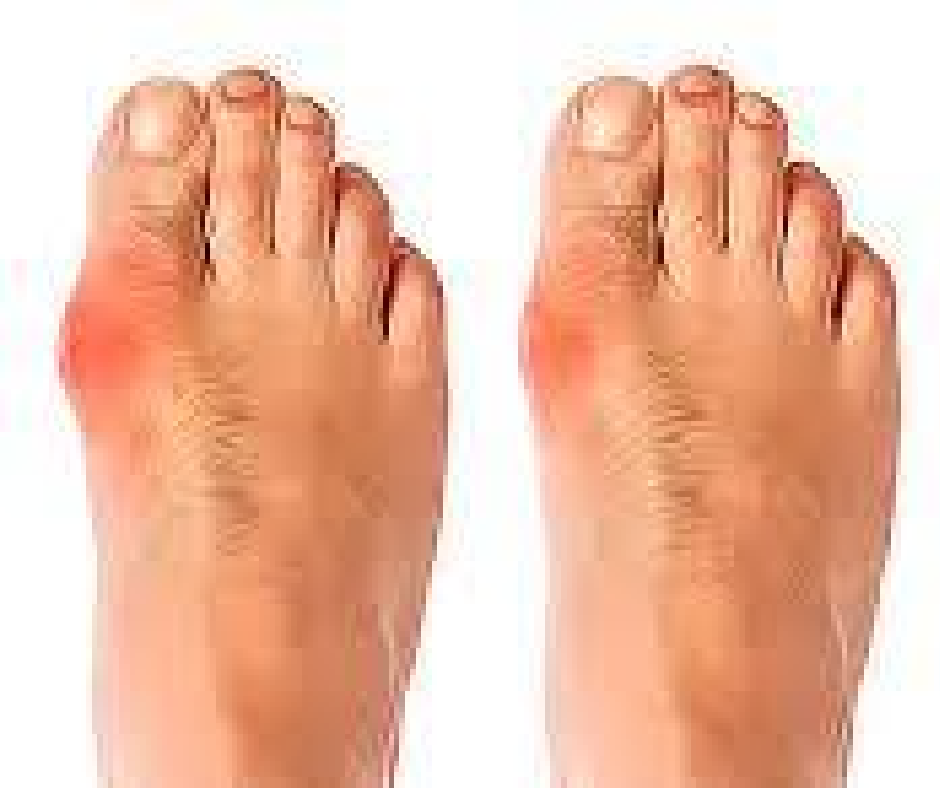Bunion Deformity Treatment
- By Mark Reed
- •
- 04 Jan, 2022
- •
Treating Bunion Deformity

Bunion - "The Turnip"
The word "bunion" is derived from from the Latin word for "turnip". The deformity can be described as a misalignment of the big toe joint as it spreads array from the rest of the foot due to the ligament between the first and second knuckle bones in the ball of the foot becomes stretched. The concept that a bunion is a large bump is really a complete misnomer because there is no large bumps on the side of the big toe joint but the bump is due to the angle of the big toe moving toward the second toe. Correction surgically is complicated but simply stated it is to bring the big toe back to alignment next to the second knuckle joint.
In this past week we had many
patients that came in seeking bunion surgery and second opinions from aggressively inexperienced Podiatrists in the area. Our approach this is to initially
treat a bunion deformity conservatively and only surgery as a last resort. A survey of the internet reveals there are way too many Podiatrist selling bunion surgery
with crazy claims such as painless bunion surgery, laser bunion surgery and no
incision bunion surgery. The facts are bunions
progressively get worse over time and the sooner you treat it conservatively,
the better the outcome will be. If your
parents or grandparents have bunions, chances are you will have them too! We inherit our foot type from our family, and
our foot type can cause strain in tendons and ligaments from daily walking.
This constant straining can result in a painful bunion formation. Therefore, it
is imperative to have it checked out at the earliest signs using an X-ray, or
even before they start occurring if your family members have them!
Bunions form as the result of the bones, tendons, and ligaments shifting over time. If you feel like your bunion occurred over night, or within a week, chances are that it has been there for a while and you just never noticed it. Most patients do not pay close attention to their feet unless they have pain or an injury.
Treatment for bunions can vary widely depending on the degree of severity. Initially, modifying shoe gear proves most effective, and using a toe silicone spacer. Increasing your shoes width, and not size, will prevent a lot of irritation and rubbing to the area. Wearing supportive shoes and inserts, known foot orthotics, will hold your entire foot in better alignment and prevent a lot of strain to the tendons and ligaments in your foot. The orthotics will help prevent the progression of the bunion as rapidly as it naturally occurs. Padding the area of irritation also proves successful. Many times, if the area is inflamed, there may be fluid from the inflammation, and steroid injections or oral medications can help decrease the inflammation and soft tissue swelling. If the pain becomes constant and inhibits your daily activities, even after trying all of the aforementioned treatments, surgical options should be explored. There are two major bunion surgeries for mild to moderate bunions and severe bunions. For mild to moderate bunion deformities, typically with surgery, the patient remains weight bearing in a walker boot for approximately 4 weeks and will then gradually transition into a sneaker and then into normal shoes/high heels. For severe bunion deformities, non-weight bearing in a knee scooter for two months is the standard recovery until X-ray healing has been demonstrated. Recovery time includes resting, elevating, icing the foot, and mild physical therapy once healed.
As a patient, if you notice any abnormalities to your foot, please come in and have it checked out as soon as possible. The method for evaluation is to take annual X-rays to assess the severity of the bunion deformity and to also evaluate if any arthritis has occurred. The sooner a proper preventative treatment plan is implemented, the better the outcome will be in the future in preventing the progression of the bunion and correcting the deformity if medically necessary. To make an appointment, call Dr. Mark Reed’s Office at 714-528-3668



